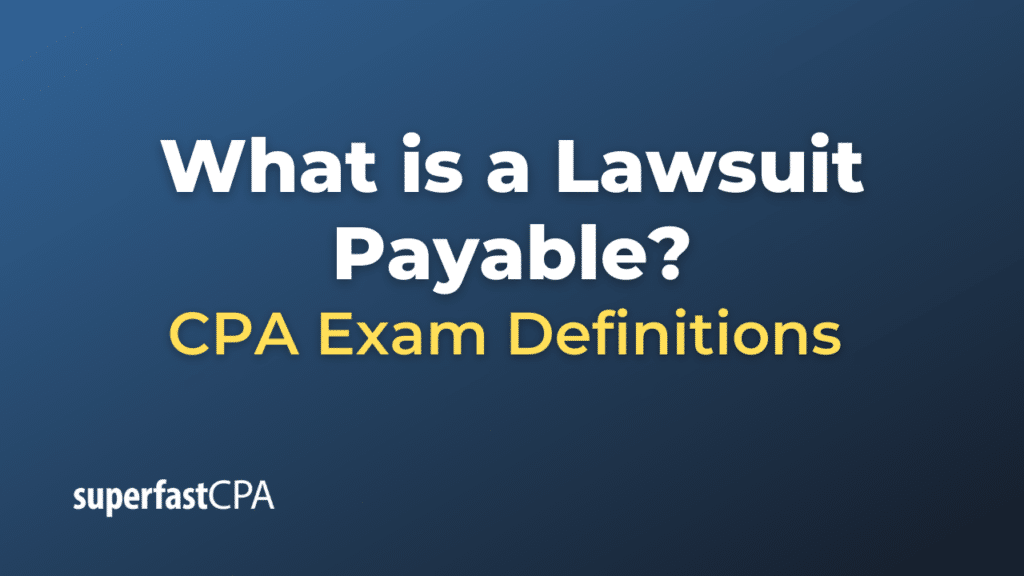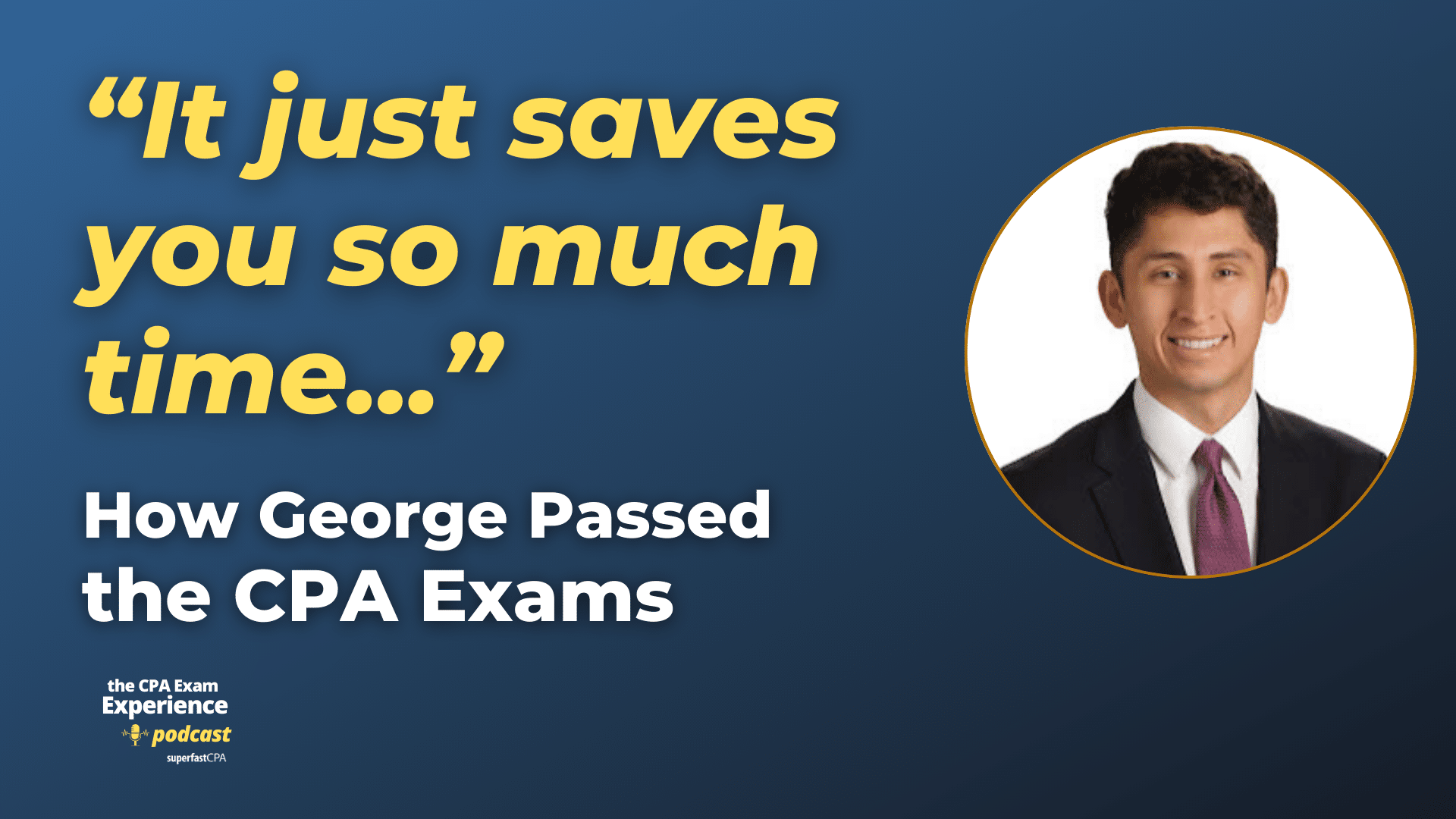Lawsuit Payable
“Lawsuit payable” is a liability that arises when a company is sued and a judgement is made against it. The term represents the amount of money that the company is required to pay as a result of the lawsuit.
If a court or other authority has determined that the company is obligated to pay a certain amount, that amount is recorded as a lawsuit payable on the company’s balance sheet. It’s considered a current liability if the company expects to pay the amount within one year, and a long-term liability if the payment is expected to take longer.
It’s important to note that a lawsuit payable is recognized only after a definitive judgement has been made. If a company is facing a lawsuit, but the outcome is still uncertain, the potential liability may be disclosed in the notes to the financial statements, but it is typically not recorded as a payable until the amount is certain.
In some cases, companies may set up a provision for legal contingencies to cover potential liabilities from lawsuits. However, such provisions can only be established if the company can reliably estimate the amount and it is probable that the liability will be incurred. The actual accounting treatment can depend on various factors and the relevant accounting standards.
Example of a Lawsuit Payable
Suppose a manufacturing company, ManuCorp, has been sued by a customer for a product defect that led to substantial damage and loss. The court case goes on for several months, and eventually, the court rules in favor of the customer.
The court orders ManuCorp to pay $500,000 in damages to the customer. At this point, ManuCorp would record a lawsuit payable on its balance sheet. The entry in their ledger might look something like this:
| Date | Account | Debit ($) | Credit ($) |
|---|---|---|---|
| YYYY-MM-DD | Lawsuit Expense | 500,000 | |
| YYYY-MM-DD | Lawsuit Payable | 500,000 |
This reflects the increase in expense (the cost of the lawsuit damages) and the increase in liabilities (the money they owe as a result of the lawsuit).
If ManuCorp expects to pay the amount within one year, it would be classified as a current liability. If payment is expected to take longer, it would be classified as a long-term liability.
This is a simplified example, and real-world cases can be more complex. For example, if a lawsuit is ongoing and the company can’t yet determine the probable outcome or the potential cost, the lawsuit wouldn’t yet result in a payable. Instead, the company might disclose the potential liability in the notes accompanying its financial statements.














